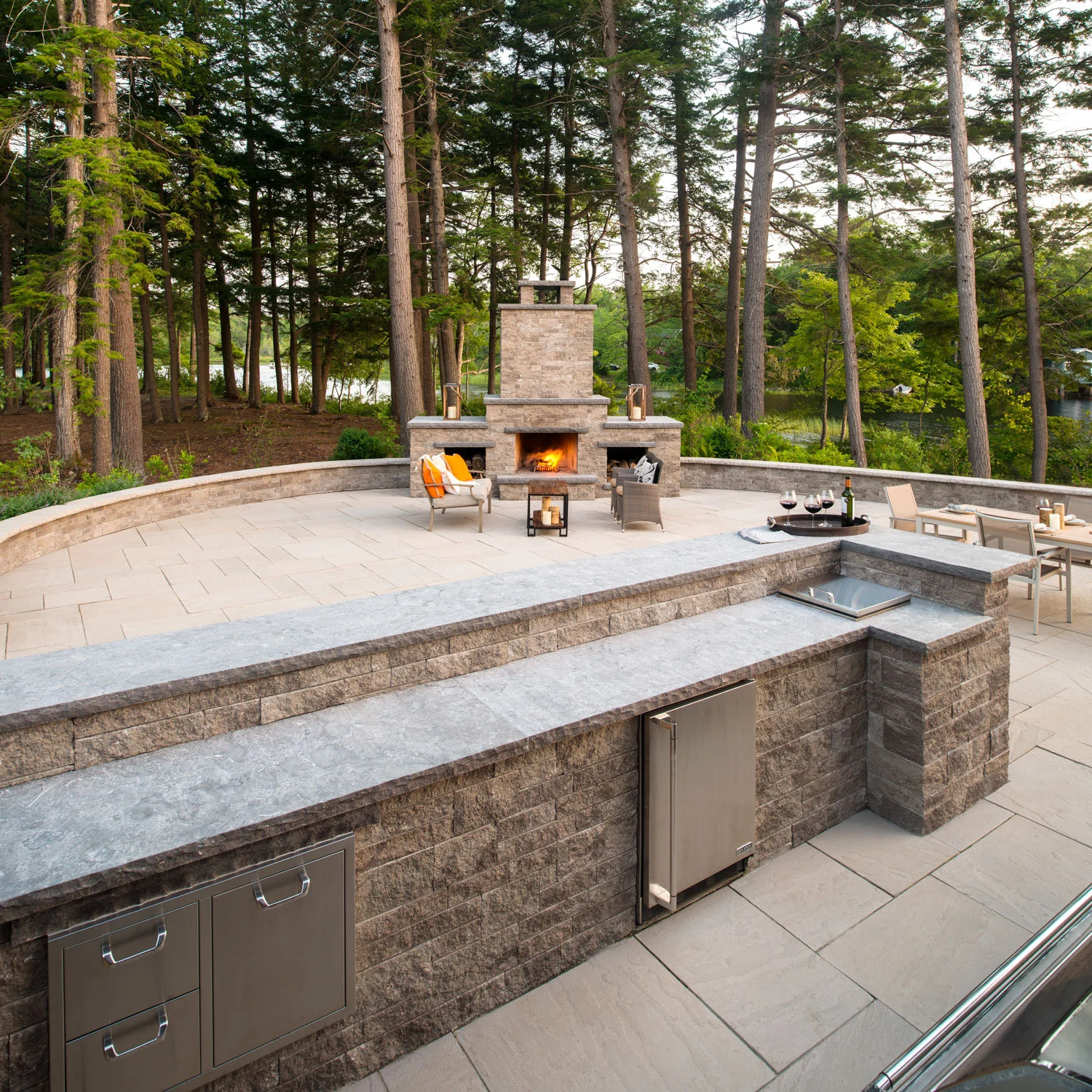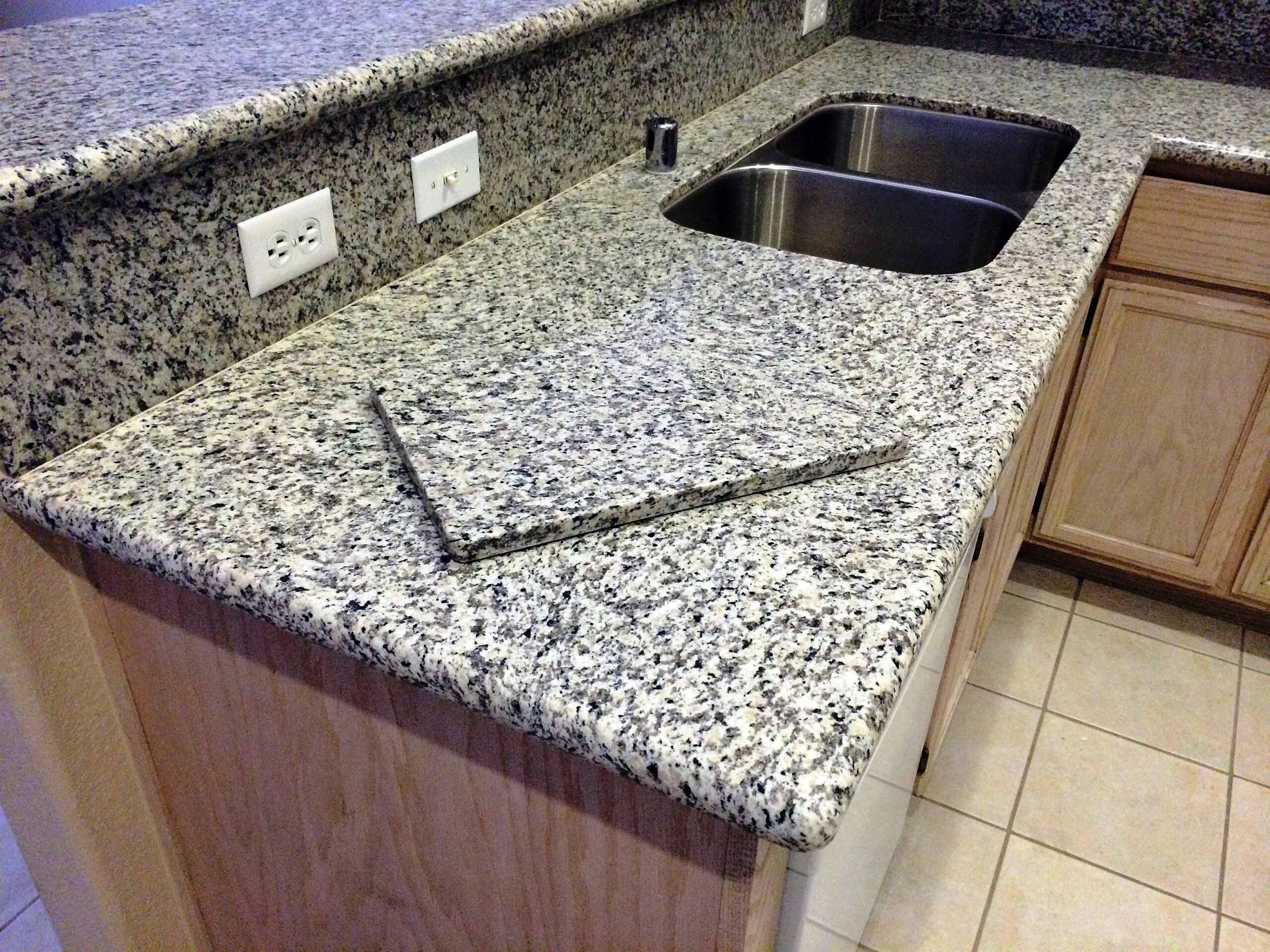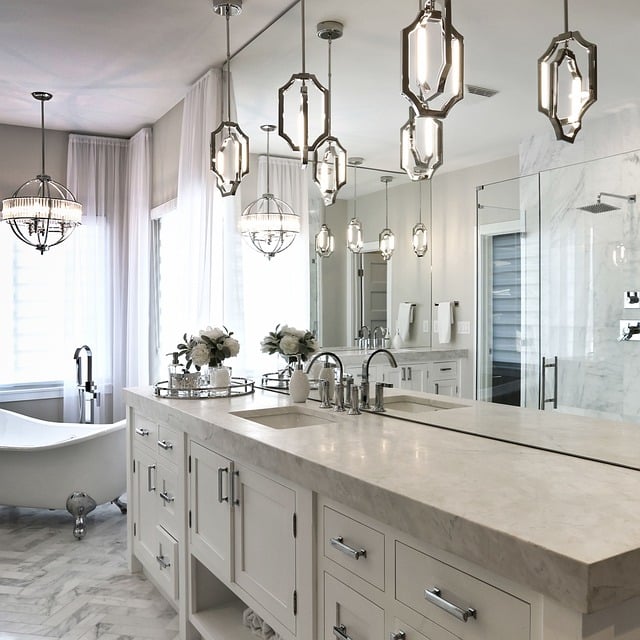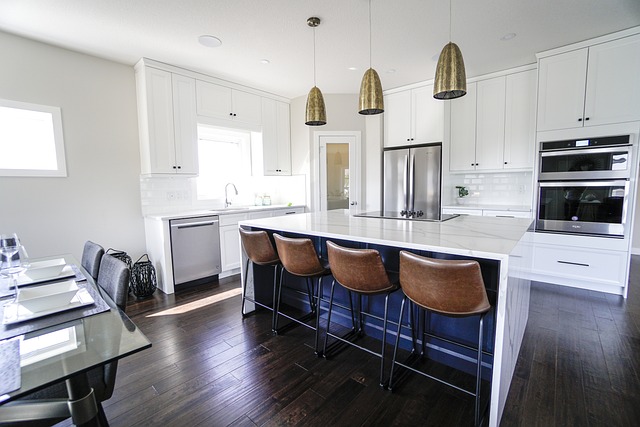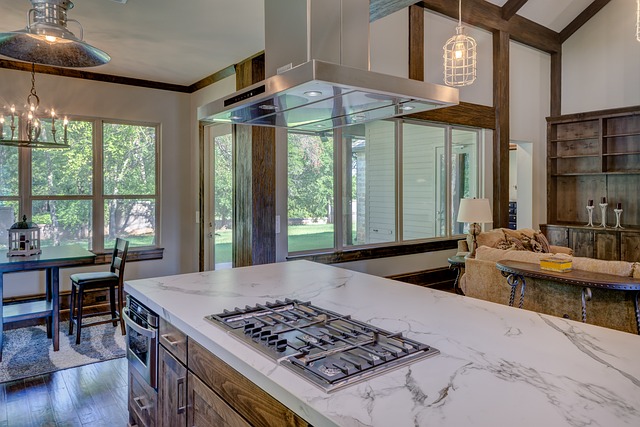Quartz countertops are a staple in modern kitchens and bathrooms, renowned for their durability and aesthetic appeal.
Maintaining the pristine condition of your quartz countertops is not just about preserving their beauty; it’s about ensuring their longevity. The right cleaning methods can make a significant difference, transforming a mundane chore into an effective routine. In this article, you will learn:
- The best practices for daily cleaning of quartz countertops.
- How to tackle tough stains without damaging the quartz.
- Tips for maintaining the longevity and shine of quartz surfaces.
As we delve into the world of quartz care, let’s begin with the basics of daily cleaning to keep your countertops sparkling.
Daily Cleaning Methods
Keeping your quartz countertops in top shape is simpler than you might think. The key lies in regular, gentle cleaning, which not only maintains their shine but also extends their life.
1. Gentle Cleaning Routine: Start with wiping down your countertops daily with a soft cloth or sponge. This removes crumbs, dust, and minor spills, preventing them from building up over time.
2. Choosing the Right Cleaning Solutions: For a deeper clean, use a mild dish soap mixed with water. Avoid using harsh chemicals, as they can dull the quartz’s finish. Simply apply the soapy solution with a non-abrasive sponge and rinse thoroughly with water to avoid leaving soap residue.
3. Drying the Countertop: After cleaning, always dry the countertop with a soft cloth. This step is crucial to prevent water spots, especially in areas with hard water.
4. Immediate Attention to Spills: Quartz is resistant to staining, but it’s still important to clean spills immediately, especially acidic substances like coffee, wine, or tomato sauce. Letting these spills sit can make them harder to remove and might etch the surface over time.
These simple steps, when done daily, keep your quartz countertops not just clean, but also in prime condition for years to come.
Tackling Tough Stains and Spills
Even with the most careful use, quartz countertops can fall victim to tough stains. However, with the right approach, you can tackle these challenges without damaging the surface.
1. Identifying the Stain: The first step is to identify the type of stain. Is it an oil-based stain like grease, or a pigmented stain like wine or coffee? This identification will guide your cleaning method.
2. Homemade Cleaning Solutions: For most tough stains, a paste made from baking soda and water can be effective. Apply the paste to the stain, let it sit for 5-10 minutes, and gently scrub with a soft brush or cloth. Rinse thoroughly with water.
3. Avoiding Harsh Chemicals: Steer clear of abrasive scrubbers and harsh chemicals like bleach or ammonia. These can damage the surface of your quartz countertops, leading to dullness and discoloration.
4. Dealing with Persistent Stains: For more stubborn stains, a glass cleaner or a degreasing agent can be used sparingly. Always test a small, inconspicuous area first to ensure it doesn’t affect the finish of your quartz.
5. Regular Maintenance: Regular maintenance can prevent the need for aggressive cleaning. Wiping up spills as soon as they occur and avoiding placing hot items directly on the surface will go a long way in keeping your quartz countertops stain-free.
By following these guidelines, you can keep your quartz countertops looking as good as new, no matter what life throws their way.
Long-Term Maintenance and Care
Quartz countertops are valued for their durability, but their longevity greatly depends on how they’re cared for over time. Here are some key tips for ensuring your countertops remain as stunning as the day they were installed:
1. Avoiding Extreme Temperatures: Quartz is resilient, but it’s not invincible. Protect your countertops from extreme heat by using trivets or hot pads under pots and pans. Direct exposure to high temperatures can cause quartz to crack or discolor.
2. Using Cutting Boards: While quartz is scratch-resistant, it’s not scratch-proof. Always use cutting boards to prevent scratches or gouges on the surface.
3. Long-Term Sealing Isn’t Necessary: Unlike natural stone, quartz doesn’t require periodic sealing. Its non-porous surface is naturally resistant to staining and bacteria, making it low-maintenance and hygienic.
4. Protecting from Harsh Sunlight: If your quartz countertops are exposed to direct sunlight, consider using window coverings to minimize UV exposure. Prolonged exposure to sunlight can cause the colors in quartz to fade over time.
5. Professional Products: For deep cleaning, consider products specifically designed for quartz. These are formulated to clean effectively without damaging the surface.
By adopting these practices, you ensure that your quartz countertops not only retain their beauty but also their structural integrity, giving you a lasting return on your investment.
Common Myths and Mistakes
When it comes to maintaining quartz countertops, misinformation can lead to costly mistakes. Let’s debunk some common myths and outline the best practices to avoid these pitfalls.
1. Myth: Quartz Can Handle Anything: While quartz is durable, it’s not indestructible. Exposing it to extreme heat, harsh chemicals, or sharp objects can cause damage. Treat your quartz countertops with care to preserve their longevity.
2. Mistake: Using Harsh Cleaners: One common mistake is using abrasive cleaners or scrubbers. These can dull the polished surface of quartz. Stick to mild soap and water or cleaners specifically formulated for quartz.
3. Myth: Quartz Never Stains: Though quartz is highly stain-resistant, it’s not stain-proof. Certain substances, if left unattended, can leave a mark. Promptly cleaning spills, especially acidic or pigmented ones, is crucial.
4. Mistake: Neglecting Spills: Ignoring spills, especially of acidic substances like coffee or wine, can lead to staining. Always wipe up spills immediately with a soft cloth or sponge.
5. Myth: All DIY Cleaners Are Safe: Be cautious with homemade cleaning solutions. Some natural substances, like lemon juice or vinegar, are acidic and can damage the quartz surface over time.
By avoiding these common myths and mistakes, you can ensure that your quartz countertops remain a beautiful and functional aspect of your home for years to come.
Conclusion
In this article, we’ve explored the essentials of keeping your quartz countertops in pristine condition. From the simplicity of daily cleaning to the nuances of tackling tough stains, we’ve seen that proper care is both easy and essential. By avoiding common myths and embracing correct maintenance practices, you can ensure your quartz surfaces remain as lustrous and durable as they were on day one. The key takeaways are:
- Regular, gentle cleaning preserves the beauty of quartz countertops.
- Immediate attention to spills and avoiding harsh chemicals is crucial for stain prevention.
- Long-term care, such as using cutting boards and avoiding extreme temperatures, ensures lasting durability.
As you continue on your journey to maintain a beautiful and functional home, consider exploring deeper into the world of home care and maintenance. Perhaps learning about eco-friendly cleaning solutions or innovative kitchen organizing tips could be your next step. With the right knowledge and a bit of effort, your home can be both stunning and sustainable.
